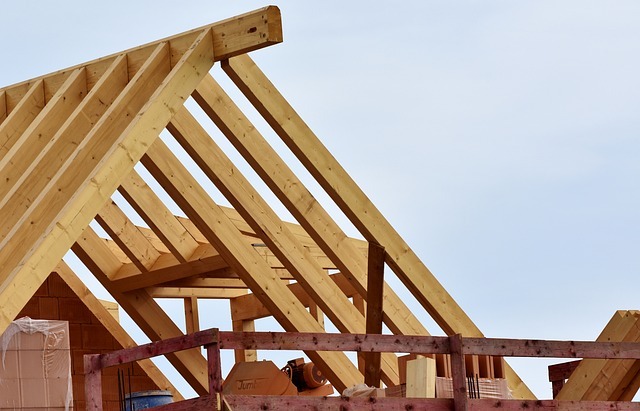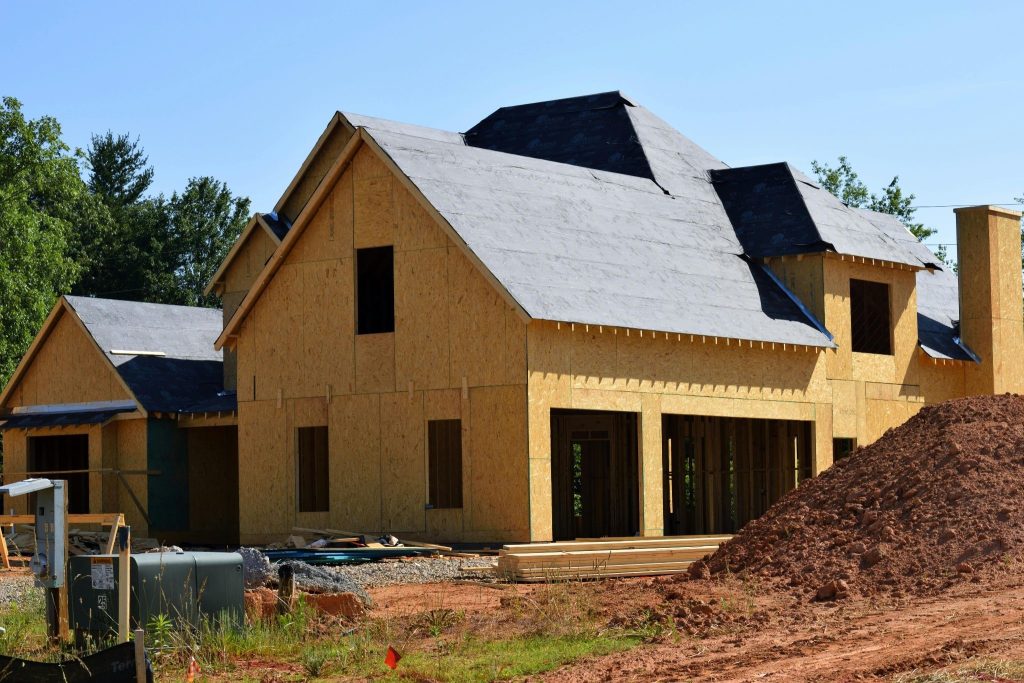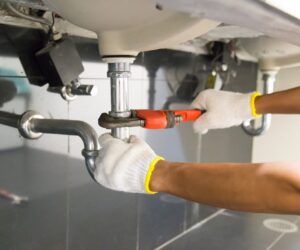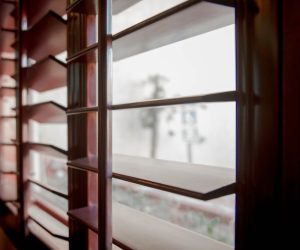Your roof is one of the most important components of your home, providing protection against the elements and helping maintain a comfortable living space. As such, it’s crucial to ensure that your roof is installed and maintained properly. From choosing the right materials to performing routine maintenance tasks, there are several key factors to consider when it comes to keeping your roof in top condition.
In this blog post, we’ll discuss the top six tips for roof installation and maintenance that every homeowner should know. Whether you’re in the process of building a new home or looking to maintain an existing roof, these tips will help you make informed decisions and keep your roof in excellent shape.

Choose Quality Materials
The first step towards ensuring a successful roof installation and maintenance is choosing quality materials. Your roof will be exposed to various weather conditions throughout its lifespan, so it’s important to select materials that can withstand these elements. This includes factors such as durability, resistance to moisture and fire, and energy efficiency.
When considering roofing materials, make sure to research the options available and consult with a professional contractor if needed. Investing in high-quality materials may require a larger upfront cost, but it can save you money in the long run by reducing the need for frequent repairs and replacements. Additionally, quality materials can improve the overall appearance and value of your home.
Hire a Professional Contractor
Installing or repairing a roof is not a DIY project. It requires specific skills, knowledge, and equipment that only professional contractors possess. You can find specialized roofing information here and hire a reputable contractor who has experience with the type of roofing material you have chosen. A professional will ensure that your roof is installed properly, following all safety codes and manufacturer guidelines.
When hiring a roofing contractor, make sure to do your research and ask for references from previous clients. To ensure the work is done in compliance with local building codes and regulations, look for a trusted local roofing expert with a proven track record in your area. It’s also important to get a written contract outlining the scope of work, timeline, and cost. Working with a professional contractor can save you time, and money, and ensure the longevity of your roof.
Conduct Routine Inspections
Regularly inspecting your roof can help catch any issues early on before they turn into costly repairs. It’s recommended to do a visual inspection at least twice a year, in the spring and fall. Additionally, after severe weather events, it’s important to check for any visible damage.
During an inspection, look for signs of wear and tear, such as cracked or missing shingles, sagging areas, and water stains. If you’re not comfortable doing the inspection yourself, hire a professional to conduct a more thorough assessment. Catching problems early can save you money in the long run and prevent potential safety hazards.
Address Issues Promptly
If you notice any issues during your routine inspection, it’s important to address them promptly. Delaying repairs can lead to further damage that may be more expensive to fix. Small leaks, for example, can cause significant water damage if left unattended.
Don’t hesitate to contact a professional contractor when you notice any issues with your roof. They have the expertise to assess and fix the problem properly, ensuring the safety and integrity of your roof. It’s also essential to keep up with regular maintenance tasks such as cleaning gutters and downspouts to prevent clogs and water damage.
Keep Gutters and Downspouts Clean
Gutters and downspouts play a crucial role in directing water away from your roof and foundation. It’s important to keep them clean and free of debris to prevent clogs and potential water damage. Regularly remove leaves, twigs, and other debris that may accumulate in the gutters.
You can also invest in gutter guards or screens, which can help reduce the amount of debris entering the gutter system. Additionally, make sure to check for any leaks or damage and address them promptly. Keeping gutters and downspouts clean can prevent costly repairs and prolong the lifespan of your roof.
Trim Overhanging Trees

Overhanging tree branches can cause significant damage to your roof, especially during severe weather events. It’s important to regularly trim any trees near your home to prevent them from rubbing against the roof or falling onto it.
Tree branches should be at least 10 feet away from your roof to prevent damage and allow for proper air circulation. If you notice any dead or weak branches, have them removed by a professional to prevent them from falling onto your roof. Trimming trees can help avoid costly repairs and maintain the structural integrity of your roof.
Taking the necessary steps to properly install and maintain your roof is crucial for the safety and longevity of your home. By following these top six tips, you can ensure that your roof is made of quality materials, installed by a professional contractor, regularly inspected and promptly addressed for any issues. Keeping gutters and downspouts clean and trimming overhanging trees are also important tasks to prevent potential damage. With proper care, your roof will continue to protect your home and provide a comfortable living space for years to come. So, make sure to prioritize these tips in order to maintain a healthy and sturdy roof for your home.



